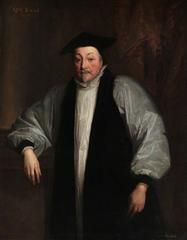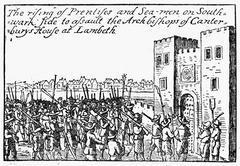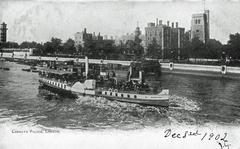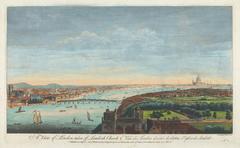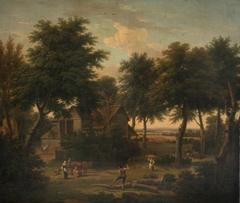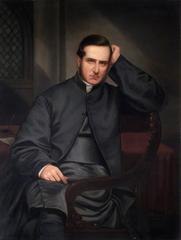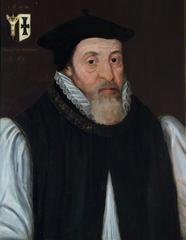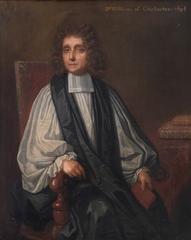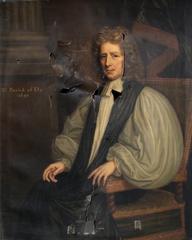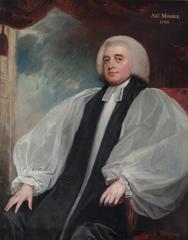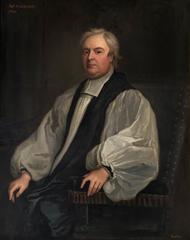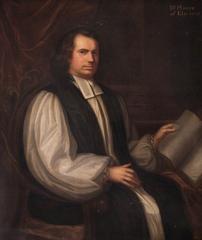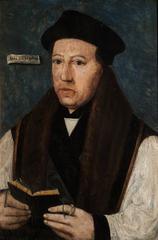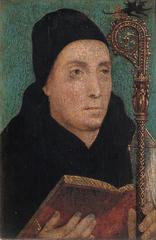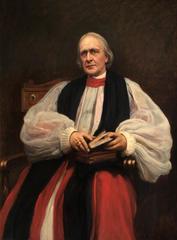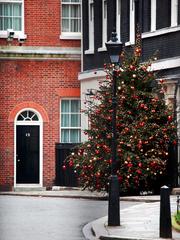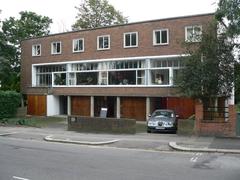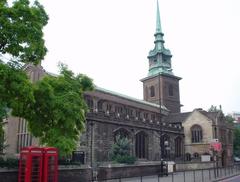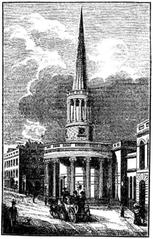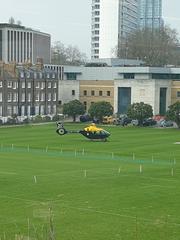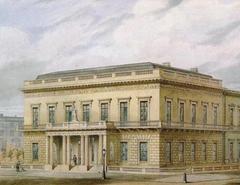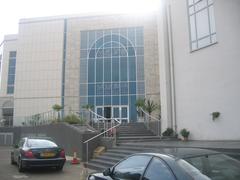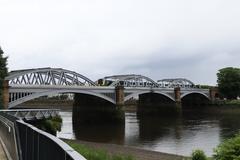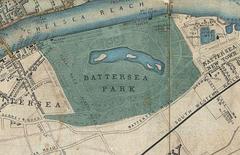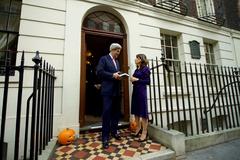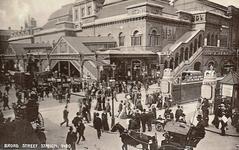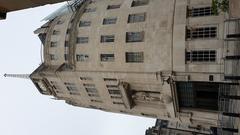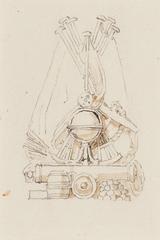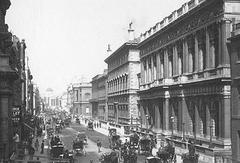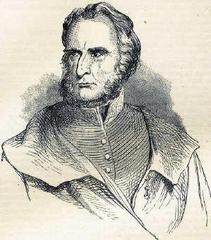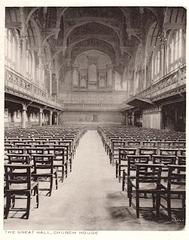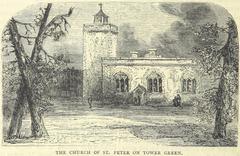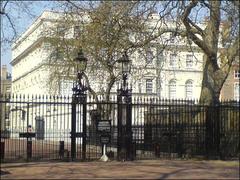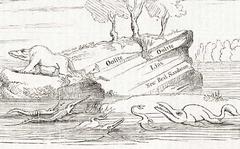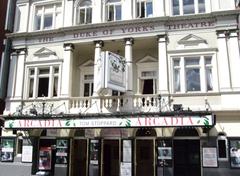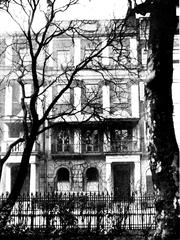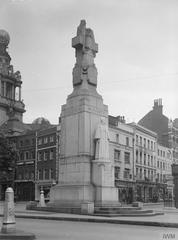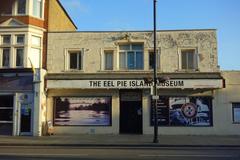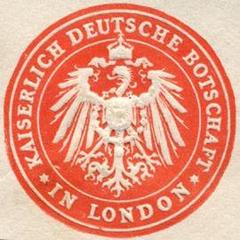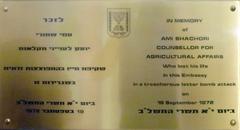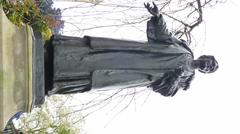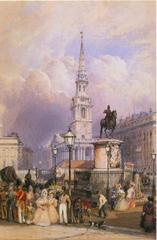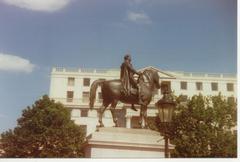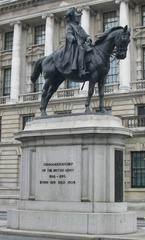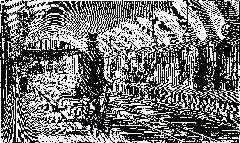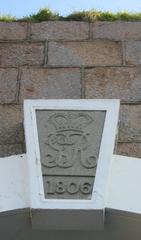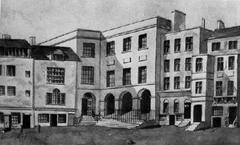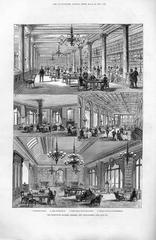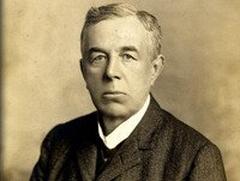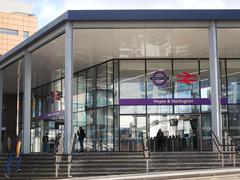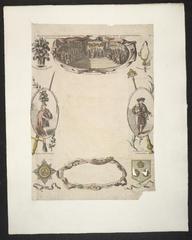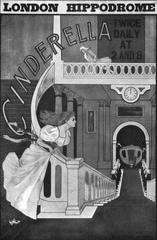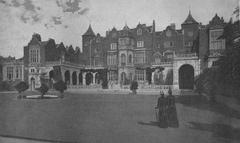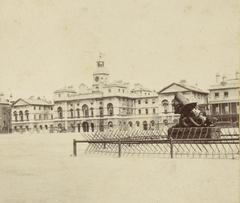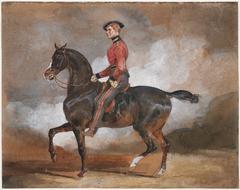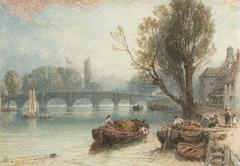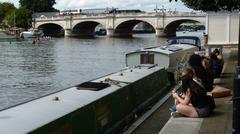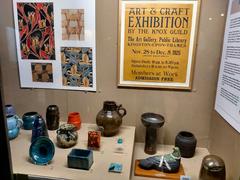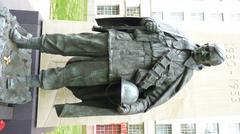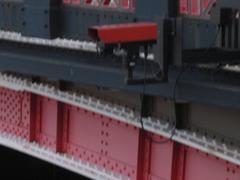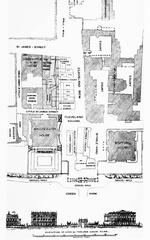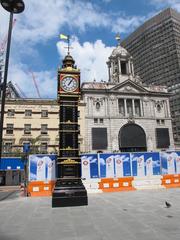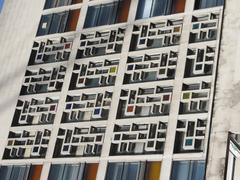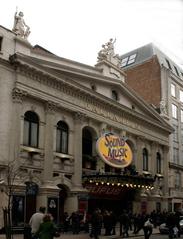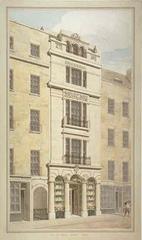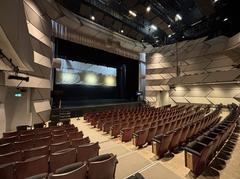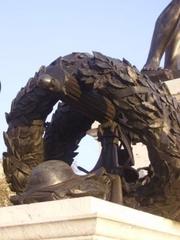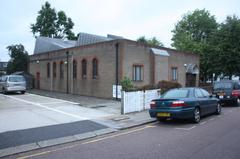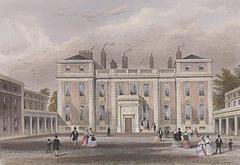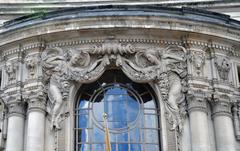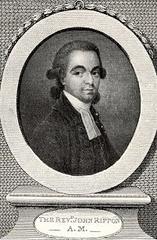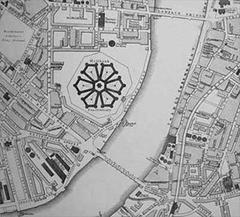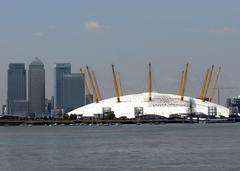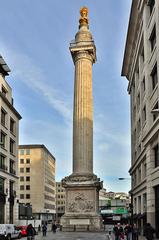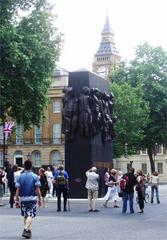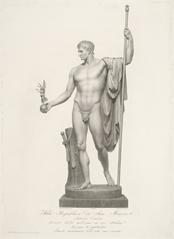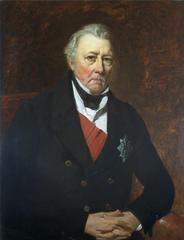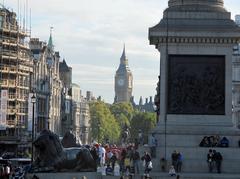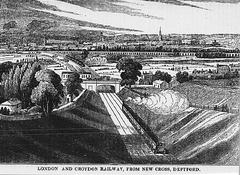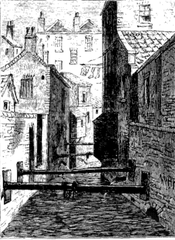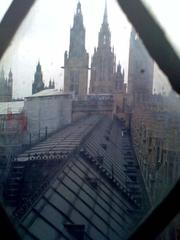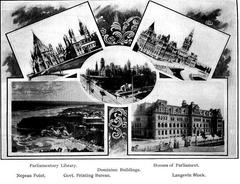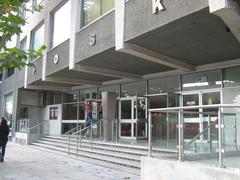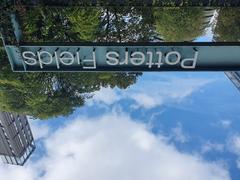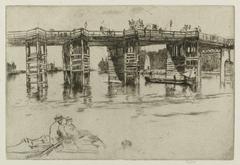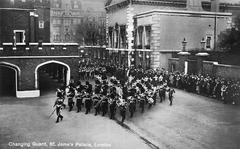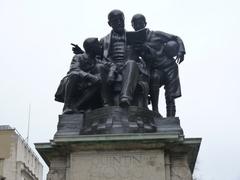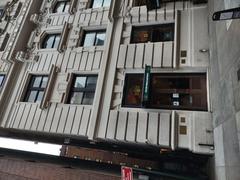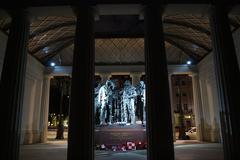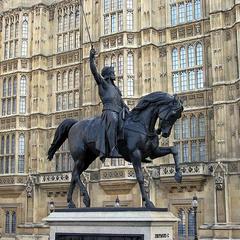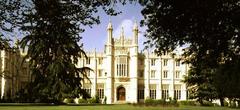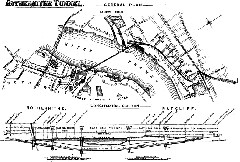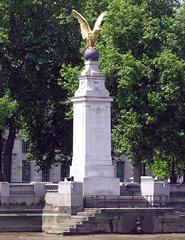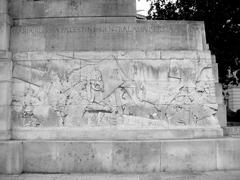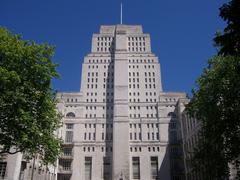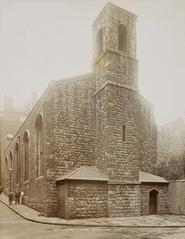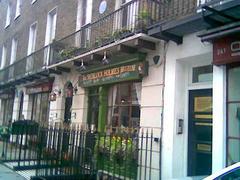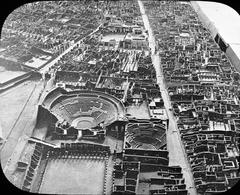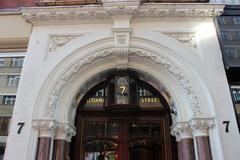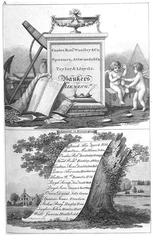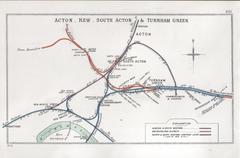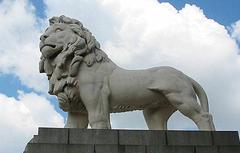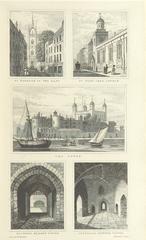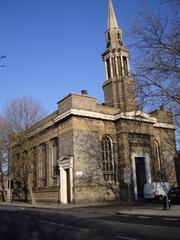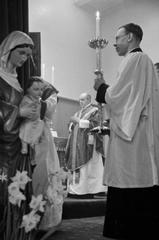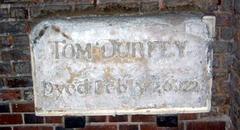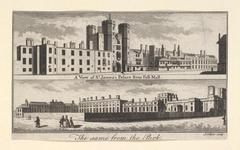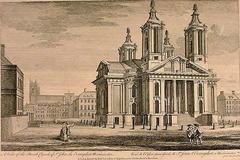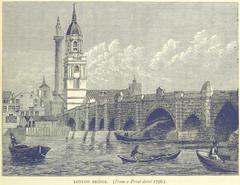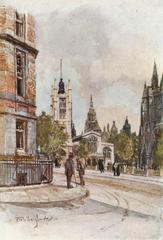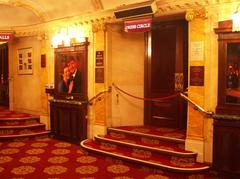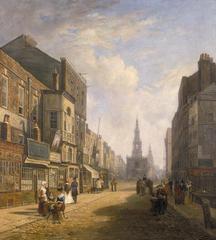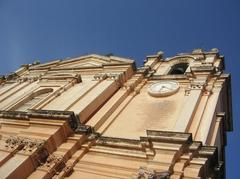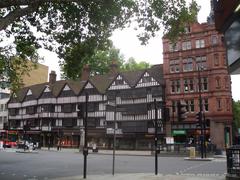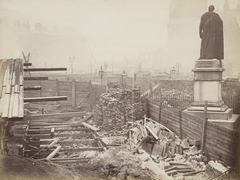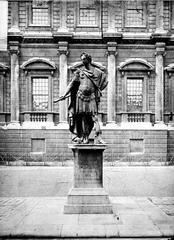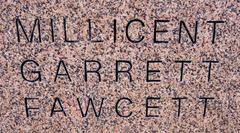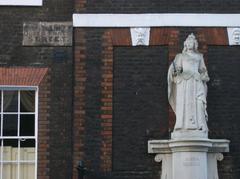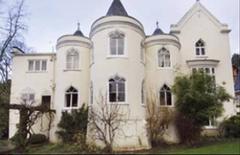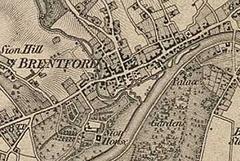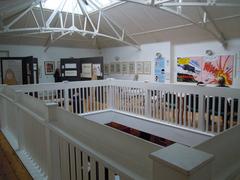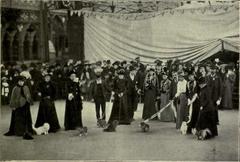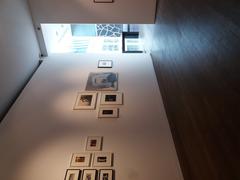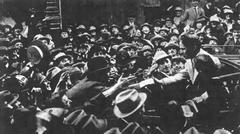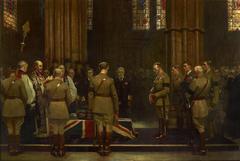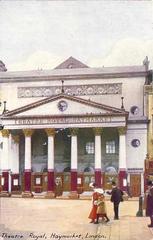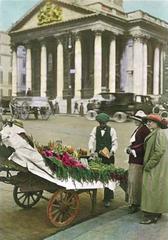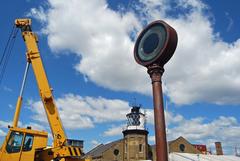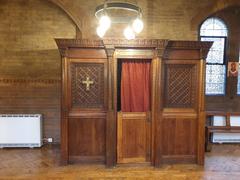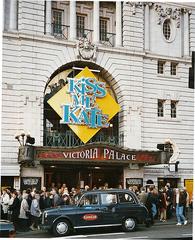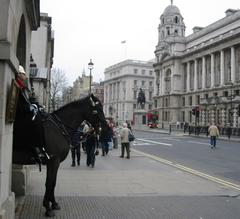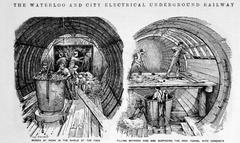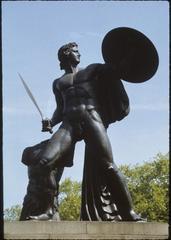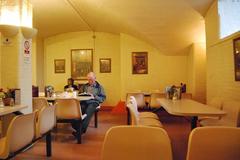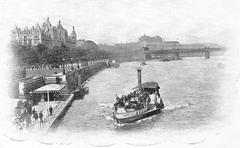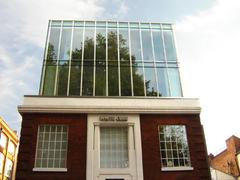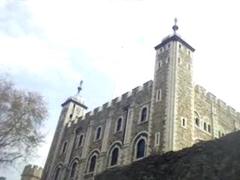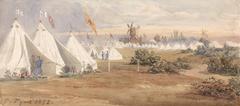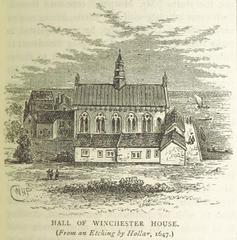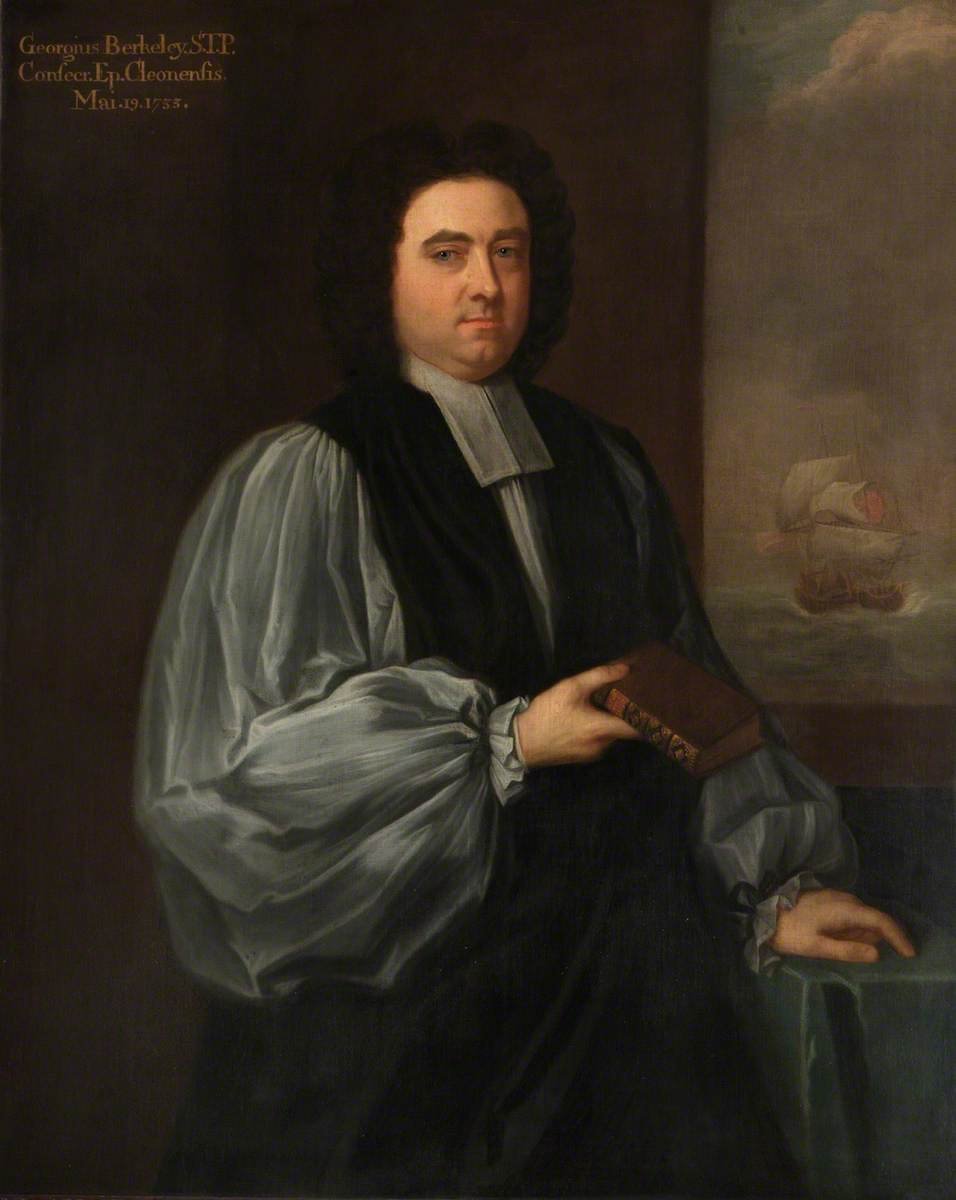
Lambeth Palace Visiting Hours, Tickets, and Historical Significance
Date: 17/08/2024
Introduction
Lambeth Palace, situated on the south bank of the River Thames in London, is a distinguished blend of historical, cultural, and architectural marvels. Serving as the official residence of the Archbishop of Canterbury since the 13th century, the palace bears witness to centuries of religious and political evolution in England (Wikipedia). Its strategic location opposite the Palace of Westminster underscores its enduring significance. This comprehensive guide aims to delve into the rich history, architectural grandeur, and visitor information essential for exploring Lambeth Palace. From its early beginnings as the Manor of Lambeth to its current role, the palace encapsulates a journey through medieval, Tudor, and modern times. Its gardens, chapel, and Great Hall not only reflect the aesthetic transitions but also the socio-political narratives that have shaped England. Whether you are a history enthusiast, an architecture aficionado, or a curious traveler, Lambeth Palace offers an enriching experience that bridges past and present (The History of London, Lonely Planet).
Table of Contents
- Introduction
- Early Beginnings and Acquisition
- Architectural Evolution
- Political and Religious Significance
- The Great Hall and Hospitality
- The Crypt Chapel
- The Gardens
- Modern Times and Refurbishments
- Notable Features and Artifacts
- Visitor Information
- Travel Tips
- Nearby Attractions
- Photography and Conduct
- Refreshments and Facilities
- Souvenirs and Gifts
- Supporting the Community
- FAQ
- Conclusion
Discover the History and Visitor Information for Lambeth Palace
Early Beginnings and Acquisition
Lambeth Palace has a rich history dating back to around AD 1200. The site, originally known as the Manor of Lambeth or Lambeth House, was acquired by the diocese to serve as the Archbishop’s London residence (Wikipedia). The strategic location on the south bank of the River Thames, opposite the Palace of Westminster, made it an ideal site for the Archbishop, who also had a residence at Old Palace, Canterbury.
Architectural Evolution
Over the centuries, Lambeth Palace has undergone significant architectural changes, reflecting styles from medieval to the 21st century. The initial construction during the early 13th century under Archbishop Stephen Langton included private apartments and a chapel (The History of London). The Great Hall, used for entertaining prominent guests and celebrating Christian festivals, was improved under various archbishops.
Medieval and Tudor Periods
The medieval period saw the establishment of key structures such as the Chapel, the Great Hall, and the Great Chamber. By 1495, the Tudor gatehouse, a gorgeous red- and fired-brick structure, was added, which still stands today (Lonely Planet). The Lollards’ Tower and Morton’s Tower, prominent features of the palace, were also constructed during this period.
Political and Religious Significance
Lambeth Palace has been the scene of various political and religious events of national importance. During the time of the Commonwealth, the palace faced significant challenges, including desecration and damage. However, it remained a symbol of the Archbishop’s influence and authority. Notable historical occurrences include the palace being attacked by insurgents under Wat Tyler and visits from Queen Mary and Cardinal Pole, as well as Queen Elizabeth and Archbishop Parker (British History Online).
The Great Hall and Hospitality
The Great Hall, a central feature of Lambeth Palace, has been a venue for hospitality and significant events. It was used for entertaining monarchs and other prominent guests. The hall was improved under various archbishops and played a crucial role in the celebration following the consecration of new bishops (The History of London).
The Crypt Chapel
The Crypt Chapel, with its medieval stone vaults and pillars of Purbeck marble, is the oldest and least restored part of the palace. Originally designed as a larder, it was later used as a store area due to frequent flooding from the Thames. The chapel has been in continuous use for prayer and worship and was restored after being used as a rest center during World War II (Slow Travel).
The Gardens
The gardens of Lambeth Palace, resembling the neighboring Archbishop’s Park, were once a larger area with a notable orchard until the early 19th century. The garden park is listed and has been a significant feature of the palace. The gardens are occasionally open to the public, with funds raised from tickets and activities donated to charities (Wikipedia).
Modern Times and Refurbishments
In modern times, Lambeth Palace continues to serve as the London residence of the Archbishop of Canterbury and his family. It is also the central office of the Archbishop’s national and international ministry, with senior advisors and administrative staff of about 50 people. The palace is currently undergoing an extensive refurbishment program, with tours expected to recommence in 2025 (Archbishop of Canterbury).
Notable Features and Artifacts
Lambeth Palace houses several notable features and artifacts, including the shell of Archbishop Rowan Williams’ pet tortoise, reputed to have outlived him by 120 years. The palace also has a memorial to Archbishop Randall Davidson, commemorating his 25 years as Archbishop during World War I (Slow Travel).
Visitor Information
Ticket Prices and Opening Hours
- Tickets: Admission prices vary based on the type of tour and areas accessible. Check the official website for the most current ticket prices and booking details (Archbishop of Canterbury).
- Opening Hours: The palace gardens and certain parts of the palace are open to the public at specific times of the year. Make sure to check the opening times before planning your visit (Come to London).
Guided Tours
Guided tours of Lambeth Palace are available, offering a unique opportunity to explore the palace’s extensive collections and enjoy the stunning views from the 8th-floor terrace. These tours are particularly popular during the August Garden Open Day. Tickets can be booked in advance via Eventbrite, with a limited number of tickets available on the day (Lambeth Palace Library).
Special Exhibitions
Lambeth Palace Library hosts various exhibitions throughout the year. Notable upcoming exhibitions include ‘Women and the Church of England: 200 Years of Women’s Ministry and Agency,’ running from April 9 to August 29, 2024, and ‘Her booke: Early Modern Women and their Books at Lambeth Palace Library,’ from July 1 to November 21, 2024. These exhibitions are free to enter and provide valuable insights into the historical and cultural significance of the library’s collections (Lambeth Palace Library).
Garden Open Days
The Lambeth Palace Gardens are open to the public on select days during the summer. These open days are an excellent opportunity to explore the beautiful gardens while supporting various community causes. For example, the garden open day on May 3, 2024, will be hosted by the Dame Vera Lynn Children’s Charity, and the event on June 7, 2024, will be hosted by the Friends of Lambeth Palace Library. Tickets for these events can be purchased in advance via Eventbrite (Archbishop of Canterbury).
Accessibility
Lambeth Palace is committed to ensuring accessibility for all visitors. The library and gardens are equipped with facilities to accommodate visitors with disabilities. Detailed information on public transport options, disabled parking, and maps can be found on the Lambeth Palace Library website (Lambeth Palace Library).
Contact Information
For any inquiries or additional information, visitors can contact Lambeth Palace Library via phone at +44 20 7898 1400 or email at [email protected]. The library’s address is 15 Lambeth Palace Road, London, SE1 7JT, United Kingdom (Lambeth Palace Library).
Travel Tips
- Best Times to Visit: Spring and summer offer the best weather and garden views.
- Book in Advance: Guided tours and access to certain areas may require advance booking. Check the official website for availability and booking details.
- Dress Comfortably: Comfortable footwear is recommended for exploring the palace and its gardens. The weather in London can be unpredictable, so bring a raincoat or umbrella (Lonely Planet).
- Respect the Site: As a place of religious significance, visitors are expected to behave respectfully. Photography may be restricted in certain areas, so follow any guidelines provided during your visit.
Nearby Attractions
- Houses of Parliament: Located just across the river, the Houses of Parliament are a must-see for those interested in British history and politics.
- Westminster Abbey: Another iconic religious site, Westminster Abbey is rich in history and architectural beauty.
- London Eye: For a modern contrast, visit the London Eye for panoramic views of the city.
Photography and Conduct
Photography is generally allowed in the gardens and certain areas of the library, but visitors should check specific guidelines upon arrival. It is important to respect the historical and cultural significance of Lambeth Palace by maintaining appropriate conduct during the visit. This includes keeping noise levels down, not touching exhibits, and following any instructions provided by the staff.
Refreshments and Facilities
While there are no on-site cafes or restaurants at Lambeth Palace, several dining options are available nearby. Visitors can find a variety of cafes, pubs, and restaurants within walking distance, offering everything from quick snacks to full meals. Additionally, restroom facilities are available within the palace grounds for visitor convenience.
Souvenirs and Gifts
Visitors looking to take home a memento of their visit can find a selection of souvenirs and gifts at the Lambeth Palace Library. These items often include books, postcards, and other memorabilia related to the history and collections of the library. Purchasing these items also supports the ongoing preservation and conservation efforts of the library.
Supporting the Community
Attending events and purchasing tickets for garden open days at Lambeth Palace not only provides a memorable experience but also supports various charitable causes. Funds raised from these events are donated to charities that work to improve the lives of children, support medical research, and preserve historical collections. By participating in these events, visitors contribute to the community and help ensure the continued preservation of Lambeth Palace’s rich heritage (Archbishop of Canterbury).
FAQ
- What are the visiting hours for Lambeth Palace? The Reading Room is open on Monday, Wednesday, and Friday from 10:00 to 17:00, Tuesday from 11:00 to 17:00, and Thursday from 10:00 to 19:15. Select Saturdays also have opening hours.
- How can I book tickets for guided tours at Lambeth Palace? Tickets for guided tours can be booked in advance via Eventbrite, with a limited number of tickets available on the day.
- Is Lambeth Palace accessible for disabled visitors? Yes, the palace provides accessibility options, but it’s recommended to contact ahead for specific needs.
Conclusion
Lambeth Palace stands as a testament to the rich and multifaceted history of the Church of England and its enduring influence. From its medieval origins to its contemporary role as the Archbishop’s London residence, the palace encapsulates a unique blend of architectural splendor, historical significance, and cultural heritage. The guided tours, special exhibitions, and garden open days offer visitors an unparalleled opportunity to explore this iconic landmark in depth. By adhering to the visitor guidelines and leveraging the travel tips provided, you can ensure a memorable and respectful visit. Lambeth Palace not only opens a window into the past but also continues to serve as a vibrant site of religious and cultural activities. Whether you are captivated by its historical artifacts, tranquil gardens, or the grandeur of its halls, a visit to Lambeth Palace promises to be a profoundly enriching experience (Archbishop of Canterbury, Slow Travel).




